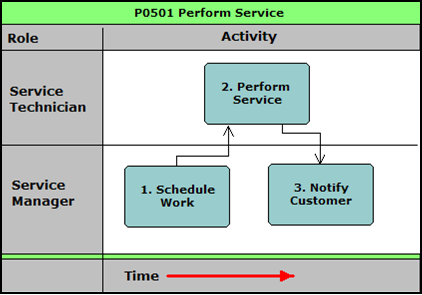How many times have I struggled through a supposed procedure manual or safety manual and found that it was just a collection of lists, not a set of instructions for people to follow? Too often, sadly.
What is not a procedures manual
Many quality manuals and safety manuals available off the shelf, information provided by government agencies and, of course, the standards themselves, ISO 9001, AS 4801, AS 14000, are not procedure manuals. They are guidelines for writing procedure manuals. How many businesses have a copy of one of these documents and claim to have a procedure or safety manual? Too many!
A simple test: Show the so-called procedure manual to a team member and ask them to explain what actions they have to carry out. If they have to search through pages looking for mention of their roles and piece it together like a jigsaw puzzle, then it is a set of lists, not a procedure manual.
A good procedure manual
A good procedure manual provides instructions for the tasks that team members have to carry out. The topics are arranged in a natural way that fits the thinking of the team members who use it and is easy for them to find. Apart from underlying knowledge and training general to your business, everything the team members need is in the work instructions or the work instructions show how to find it.
There is no escaping some work in creating this step by step material. It is often better for the business owner not to do this work. The best people to create it are the people doing the job, or at least the supervisors. You can help and ensure that the manual is correct by:
- Providing guidance for the particular way you want each task done
- Providing a work instruction template
- Providing training for them in the best way to write instructions
- Reviewing what they write
Background information and knowledge in the manual
Background rules and standard work instructions have an important place in the manual, as long as they are only supporting and not replacing the instructions for the flow of the business. For example, if you have a restaurant, you may have a primary work instructions and checklist for setting up a wedding. Supporting this is (for example) your standard work instruction for carrying tables, which has been through a risk assessment. You have previously trained your team members in it and they have acknowledged in writing that they received the training. Also supporting it is your general checklist for table setup that covers all occasions.
Structuring the manual
You want your team members to be able to find instructions quickly. This means some careful designing of how the topics in your procedures manual fit together. The way you organise your topics should tell the story of the flow of activity in your business, but this should not be the only way team members can find information. A good on-line manual has several navigation methods. We’ll write a separate blog about this soon.
Get professional help to design, not to write
If we write your manual for you, we can almost guarantee that your team will not read it. What would we know of the details of their skilled work? Our worst nightmare is the dusty black folder on the shelf on which you spent thousands of dollars and nobody reads. We don’t want that money! It is better and cheaper to hire us to design your manual and teach you how to write it and manage it.



Leave A Comment